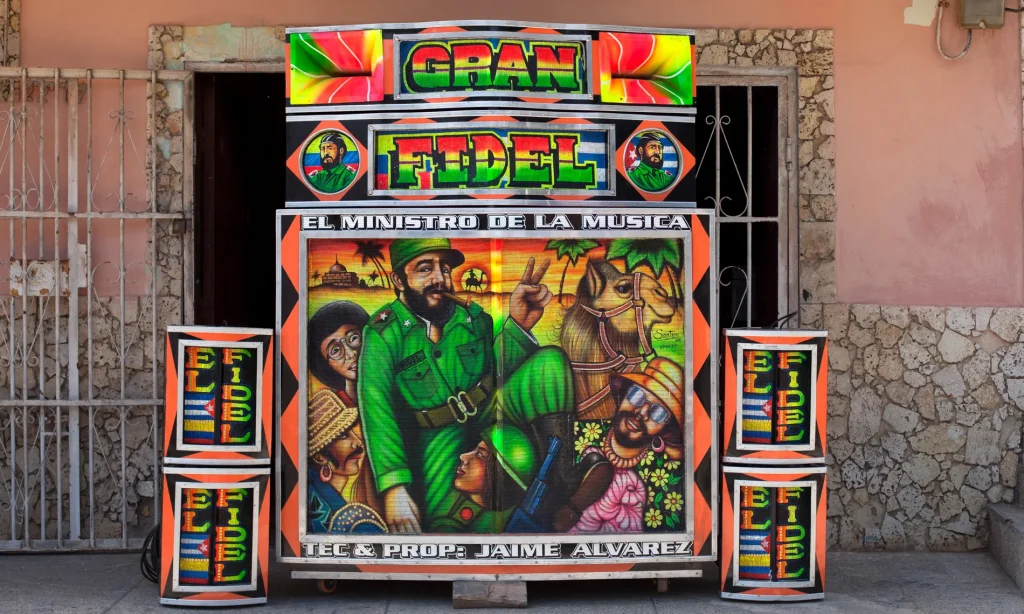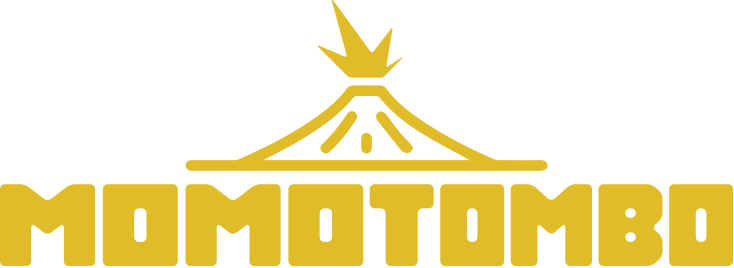I’m excited to embark on a new creative project. This new musical identity and sound has been sitting in the back of my head for several years.
After almost three years of lockdown, and finding a lot of joy and inspiration in music genres outside what the local dj scene caters to – I’m making it happen.
Momotombo Soundsystem is named after Nicaragua’s iconic volcano. A towering cone rising over the waters of Lake Xolotlan. I vividly remember seeing it, sometimes with smoke rising above it, picking up dramatic colors from the setting or rising sun.

The “Soundsystem” part is a little more complex. I have been an avid listener of Jamaican music in its many evolutions. From early Mento and Calypso, to Ska, Bluebeat, and later on Dancehall. A crucial element in that musical evolution has been the Reggae Soundsystem. That story is too long to tell here, but a good starting place is reading about Clement “Coxsone” Dodd, and Studio One.

These towering stacks of hand-made speakers, lovingly maintained, powered with massive amps and complex equalizers, crossovers and filters are directly tied both to the social and artistic evolution of Reggae music, and were huge influences in other Black-originated music genres like Hip Hop, House, etc. It is hard to describe the sound – it is not just loud, it is a physical sensation that is integral to the experience.
A few years back, I found myself revisiting a lot of the Latine and Caribbean music I had heard as a child in Nicaragua, both on the Pacific and Atlantic coasts.
I discovered that there had been a really interesting parallel evolution of Soundsystem culture in Mexico, Central America, and the Caribbean coast of Colombia. A very diverse, and a rich set of traditions united by the love of Cumbia.
Cumbia is an ecumenical genre, rising out of Indigenous, African and Europe roots. It’s pure dance music, with simple 1-2 bass lines, and a recognizable beat structure centered around a collection of percussion lines.

It’s evolved through the years and the countries it’s spread though, and is loved from the southernmost tip of Tierra del Fuego, to the Frontera Norteña of Mexico. And of course, anywhere else in the world where the Latine diasporas have carried its dancers.
Cumbia’s African roots allow it to easily hybridize with other offshoots of the African Diaspora. It’s simple, repetitive rhythms lend itself to electronic instruments. There is an amazing and inspiring axis of musical inspiration found in these intersections. A sonic mestizaje that mirrors the cultural and ethnic one of the many countries that enjoy it.
So, at the center of this world – I found a deep resonance with so many foundational music experiences I had. The space and electronic echo and reverb of Dub, the simple, insistent rhythms of Dancehall – and especially the early lo-fi production of Digital Dancehall. The soaring guitar, with so many similarities to Highlife and other African sounds. The syncopated call & response found in Salsa, Merengue, and Cumbia. And all held together by deep bass.
